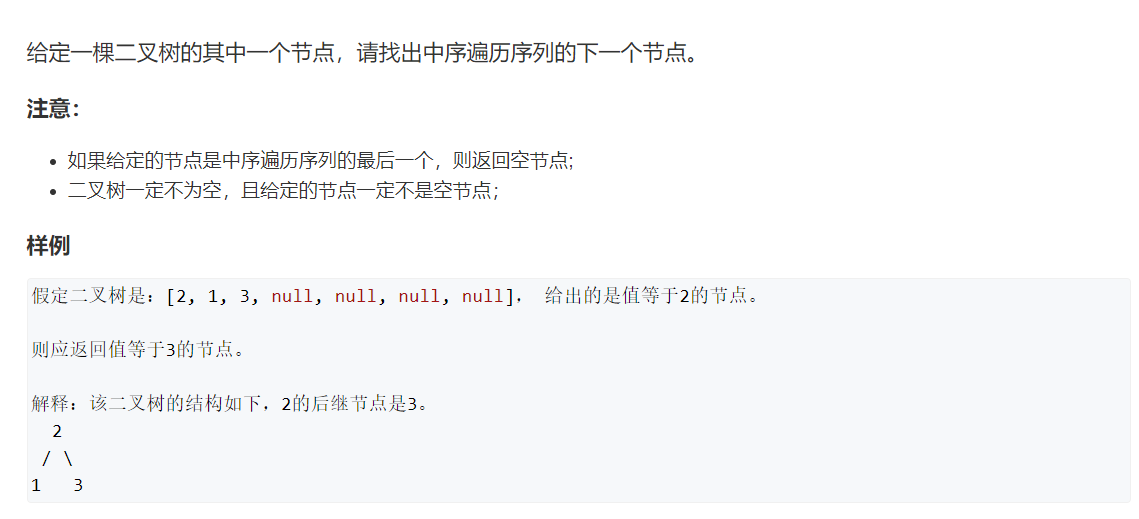序列化二叉树(模拟)
题目来源https://www.acwing.com/problem/content/31/

思路:
题目意思是让你通过给定的二叉树自定义生成一段字符串,再用这个字符串重新解析成二叉树。
序列化使用先序遍历,遇到空节点添加"null ",其他节点用to_string转为字符串即可。
反序列化从左往右遍历字符串,还是用先序遍历的方式建树,利用空格把节点分隔开,将字符串转化为数字。
如果是空节点,判断该字符是’n',返回即可。u记录当前字符,pos记录当前字符串数字后面的空格位置。
/** * Definition for a binary tree node. * struct TreeNode { * int val; * TreeNode *left; * TreeNode *right; * TreeNode(int x) : val(x), left(NULL), right(NULL) {} * }; */ class Solution { public: // Encodes a tree to a single string. string serialize(TreeNode* root) { string str; if(root==NULL){str+="null ";return str;} str+=to_string(root->val)+" "; str+=serialize(root->left); str+=serialize(root->right); return str; } // Decodes your encoded data to tree. TreeNode* deserialize(string data) { int u=0; return dfs_d(data,u);// } TreeNode* dfs_d(string data,int &u){ int pos=u; while(data[pos]!=' ')pos++; if(data[u]=='n'){ u=pos+1; return NULL; } int val=0; if(data[u]=='-'){ for(int i=u+1;i<pos;i++){ val=val*10+data[i]-'0'; } val=-val; } else{ for(int i=u;i<pos;i++){ val=val*10+data[i]-'0'; } } u=pos+1; auto root=new TreeNode(val); root->left=dfs_d(data,u); root->right=dfs_d(data,u); return root; } };
